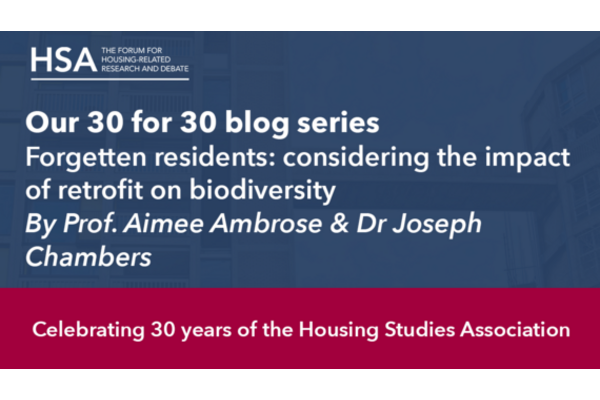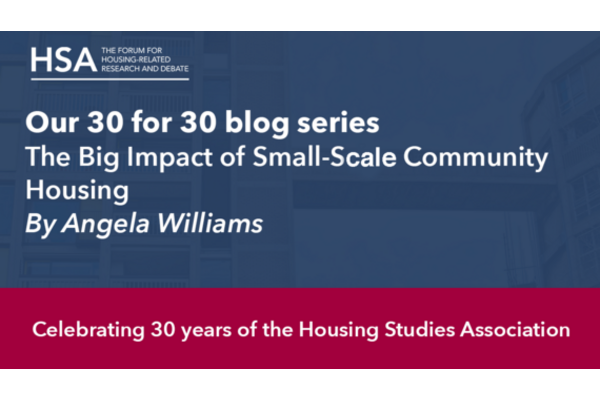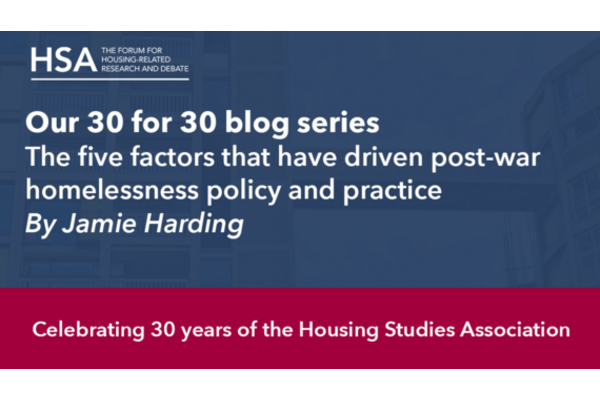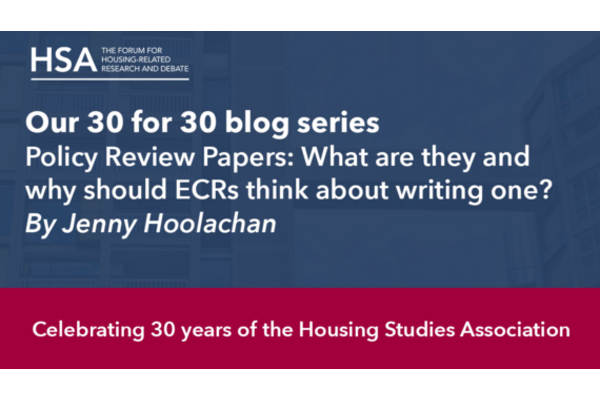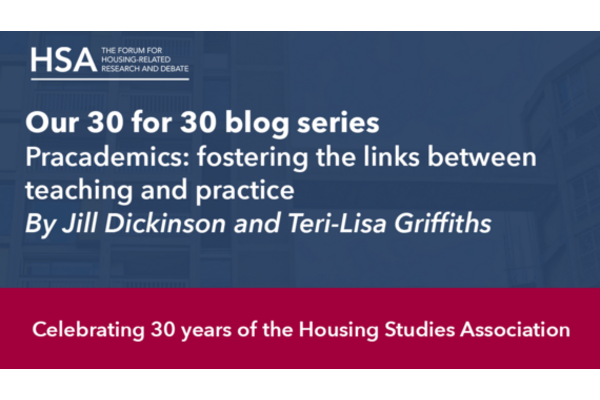
Forgotten residents: considering the impact of retrofit on biodiversity
Professor Aimee Ambrose and Dr Joseph Chambers both work for CRESR, Sheffield Hallam University and Aimee is also chair of the Fuel Poverty Research Network (FPRN). As retrofit activity ramps up in pursuit of rapid reductions in carbon emissions, we highlight the unintended but unjust impacts on the natural world and challenge the notion that retrofitting is always a benign act.
The built environment has increasingly turned towards retrofitting as a means of reducing the carbon emissions associated with domestic heating and alleviating fuel poverty. Retrofitting, which in a built environment context usually involves the installation of insulation and technology to reduce carbon emissions, has gained significant attention in the last few decades because of its multiple benefits for people and the planet. Despite this however, there remains a critical omission within discourse around retrofitting about its consequences for nature, in particular, the impact of retrofitting on the various species which make their homes in our homes or use them for nesting (i.e. various species of birds including Swifts, House Sparrows and Starlings, bats, spiders, bees and other insects). Many of these species are in rapid decline and need all the support we can muster. To date the debate around retrofitting has focussed narrowly on the feasibility of different retrofitting solutions, optimising their performance and cost reduction as well as acceptability to end users. To neglect the impact on biodiversity is to ignore one of two critical and parallel challenges face by humanity: rapidly reducing carbon emissions and restoring biodiversity. Our survival rests on us rapidly meeting both these challenges and without awareness of the direct impacts on biodiversity associated with both the retrofitting of existing buildings and the construction of hermetically sealed buildings, there is a risk that we exacerbate the biodiversity crisis in pursuit of carbon reduction. Solutions do exist that enable these two aims be pursued in tandem, but awareness and adoption of them are low.
Retrofitting: not a neutral act
Buildings are responsible for 35% of all greenhouse gas emissions in the UK (23% residential and 12% non-residential) and given the nation’s high proportion of older, inefficient building stock, retrofitting efforts and initiatives are required on mass to meet legally binding carbon reduction targets [1] [2]. The case for retrofitting the existing housing stock is further galvanised by high levels of fuel poverty across the UK, with over three million households unable to heat their homes to a healthy temperature in England alone [3]. Better insulation has long been championed as a key means of alleviating fuel poverty.
Examples of retrofitting within the built environment typically include insulation, low carbon heat sources (photo voltaic panels, heat pumps etc.) and smart technologies. Research on retrofitting has identified the various benefits these alterations and inclusions can bring about, including the reduction of energy consumption and energy bills, improved warmth and comfort and better cooling [3] [4]. Insulation is an important first step in preparing a property for the installation of low carbon technologies- ensuring the building envelope is as efficient as it can be, but it is also where the greatest harm to biodiversity is likely to occur.
However, discourses around retrofitting present few downsides aside from technical issues around ventilation and the potential for rising expectations around indoor temperatures amongst occupants. As recent events such as Grenfell have shown however, the act of retrofitting is not neutral but instead, is tied to local politics and networks of power, often with stakeholders whose motivations go beyond those of just sustainability [5]. As a now common occurrence within the built environment, critical research on retrofitting has begun to explore the wide variety of impacts it can have, beyond carbon reduction. Whilst research on retrofitting appeared initially confined to more scientific and technical studies, it has now expanded into the social sciences where qualitative work has unpicked many of its hidden dimensions. Despite this ongoing critical research however, there appears minimal consideration of its impact on nature and in particular, on the species which have evolved to rely on older, non-retrofitted buildings for survival. Indeed, the increasing influence of humans on the natural environment has, in some cases, robbed species of their traditional habitats, requiring them to find alternative habitats within the built environment. Other species have co-habited with humans for millennia. The insects and animals that live alongside us tend to rely on nooks and crannies within our buildings, which can become sealed off when insulation is installed in pursuit of improved air tightness. For example, Swifts and House Sparrows rely primarily on gaps under the eaves of buildings to make nests and bats rely on access to roof space and narrow gaps in between bricks. Whilst nest boxes can be installed to support all of these species, they can often be poorly sited and unsuitable in various ways.
The neglect of biodiversity
Research has noted the numerous consequences that the construction and everyday use of buildings has on nature across the globe. Within this work, nature is explored in its broadest sense, including human-environmental relationships, climate change, air quality and species. Whilst researchers have examined the impact of retrofitting on human-nature relationships under the wider intersection of retrofitting and ‘impact on the environment’ [6], these investigations have tended to centre on the environmental consequences of retrofitting technology production, as opposed to the impact of installation on biodiversity.
Although research on retrofitting has noted the need to examine the practice from a wider variety of angles, these calls have failed to identify a glaring omission around the impact on biodiversity [7]. There are a handful of research efforts which have explored the negative consequences of retrofitting on different species, however these predominantly relate to large scale networked energy infrastructure [8] [9]. Despite being vital contributions towards understanding the consequences of retrofitting on species, these research efforts don’t address the knowledge gap around the impact of retrofitting at the building level. As retrofitting becomes increasingly common within the built environment and one enshrined into carbon reduction policy and legislation, critical examination of its impact on species is urgently needed to prevent further damage to rapidly declining biodiversity.
Sustainability’s difficult questions
In their book Environmental Humanities (Humanidades Ambientales) [10], Albelda et al., (2018) note that within the paradigm of sustainability and associated research, there is an urgent need to ask more difficult and inconvenient questions. Sustainability needs to be considered in its broadest sense and we should resist a narrow focus on carbon reduction, to the detriment of other equally critical aspects of sustainability, including a healthy natural world. Recently, the notion of ‘just transitions’ has gained traction within sustainability discourses, noting that the vital shift towards a post-carbon society must be one that’s fair and equitable [11]. Research on just transitions has posed difficult questions around a range of topics, including the extraction of rare metals for low-carbon technologies [12] and employment within the fossil fuel industry [13]. However, consideration of non-human aspects of justice are still routinely overlooked in assessing the justice implications of sustainable transitions.
How can we help?
Nature doesn’t need us, but we need it and while we co-exist on this planet, we have a duty to support and protect biodiversity not only because we are part of an eco-system which relies on every species being healthy or that we rely on a functioning eco-system to provide us with food, but also because of the joy and wellbeing it brings us, especially in our darkest times [14]. Hearing sparrows chattering in the roof space above our heads can be an indelible childhood memory but is one that progressively fewer children are experiencing, as they grow up detached from the natural world, adding nature deprivations to the list of other deprivations they may face. The simplest thing we as individuals can do for nature on a day-to-day basis is to allow it to thrive within our homes and gardens. And, although carbon reduction is also key to sustaining the natural world, we must consider the impact of decarbonisation on biodiversity and take advantage of the wealth of knowledge that exists amongst conservationists about how to accommodate nature within retrofit projects through specially designed, low-cost bricks, nest boxes and bowls and simple modifications to the building fabric. Everyone informing policy in this area and charged with implementing it from researchers to government to installers and households needs to be aware of their impact on nature, the associated consequences and ways to avoid and mitigate damage. As researchers, we can provide the evidence base to support this, promoting critical examination of the full range of impacts associated with retrofitting but also linking up the currently disjointed developments debates about how to do retrofit, conservation adaptations and the huge benefits to humans resulting from proximity to nature.
[1] Eames, M., Dixon, T., May, T. and Hunt, M., 2013. City futures: exploring urban retrofit and sustainable transitions. Building Research & Information, 41(5), pp.504-516.
[2] Miller, E. and Buys, L., 2008. Retrofitting commercial office buildings for sustainability: tenants' perspectives. Journal of Property Investment & Finance.
[3] BEIS, 2021. Fuel Poverty detailed tables., BEIS; London
[4] Castleton, H.F., Stovin, V., Beck, S.B. and Davison, J.B., 2010. Green roofs; building energy savings and the potential for retrofit. Energy and buildings, 42(10), pp.1582-1591.
[5] Khairi, M., Jaapar, A. and Yahya, Z., 2017, November. The application, benefits and challenges of retrofitting the existing buildings. In IOP Conference Series: Materials Science and Engineering (Vol. 271, No. 1, p. 012030). IOP Publishing.
[6] Gorse, C. and Sturges, J., 2017. Not what anyone wanted: Observations on regulations, standards, quality and experience in the wake of Grenfell. Construction Research and Innovation, 8(3), pp.72-75.
[7] Shrubsole, C., Macmillan, A., Davies, M. and May, N., 2014. 100 Unintended consequences of policies to improve the energy efficiency of the UK housing stock. Indoor and built environment, 23(3), pp.340-352.
[8] Galvin, R. and Sunikka-Blank, M., 2017. Ten questions concerning sustainable domestic thermal retrofit policy research. Building and Environment, 118, pp.377-388.
[9] McNaughton, E.J., Beggs, J.R., Gaston, K.J., Jones, D.N. and Stanley, M.C., 2021. Retrofitting streetlights with LEDs has limited impacts on urban wildlife. Biological Conservation, 254, p.108944
[10] Mannan, R.W., 2009. Exurban land development and breeding birds. The Planner's Guide to Natural Resource Conservation:, pp.103-115
[11] Albelda, J., Parreño, J.M. and Marrero Henríquez, J.M., 2018. Humanidades ambientales: pensamiento, arte y relatos para el siglo de la gran prueba. Los Libros de la Catarata.
[12] McCauley, D. and Heffron, R., 2018. Just transition: Integrating climate, energy and environmental justice. Energy Policy, 119, pp.1-7.
[13] Zografos, C. and Robbins, P., 2020. Green sacrifice zones, or why a green new deal cannot ignore the cost shifts of just transitions. One Earth, 3(5), pp.543-546.
[13] Swennenhuis, F., Mabon, L., Flach, T.A. and De Coninck, H., 2020. What role for CCS in delivering just transitions? An evaluation in the North Sea region. International journal of greenhouse gas control, 94, p.102903.
[14] Richardson, M., Passmore, H.A., Lumber, R., Thomas, R., Hunt, A. (2021), Moments not minutes, The nature-wellbeing relationship. International Journal of Wellbeing, Vol. 10 (1)


